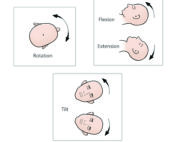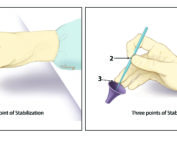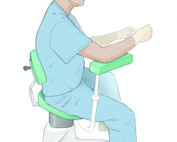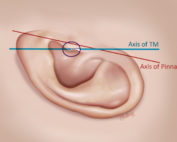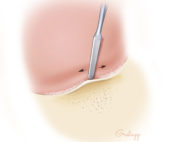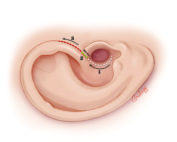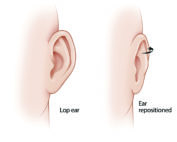Dr. Jackler and Ms. Gralapp retain copyright for all of their original illustrations which appear in this online atlas. We encourage use of our illustrations for educational purposes, but copyright permission should be sought before publication or commercial use. To request permission for publication or commercial use please contact Christine Gralapp (eyeart@chrisgralapp.com, http

